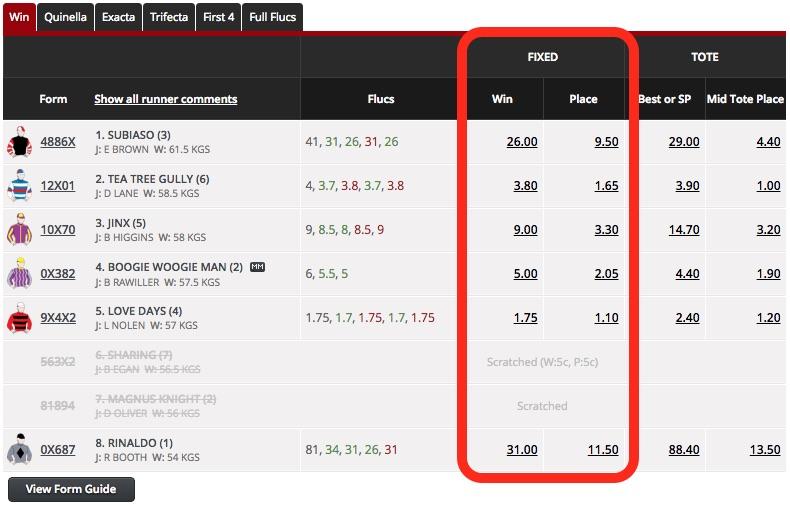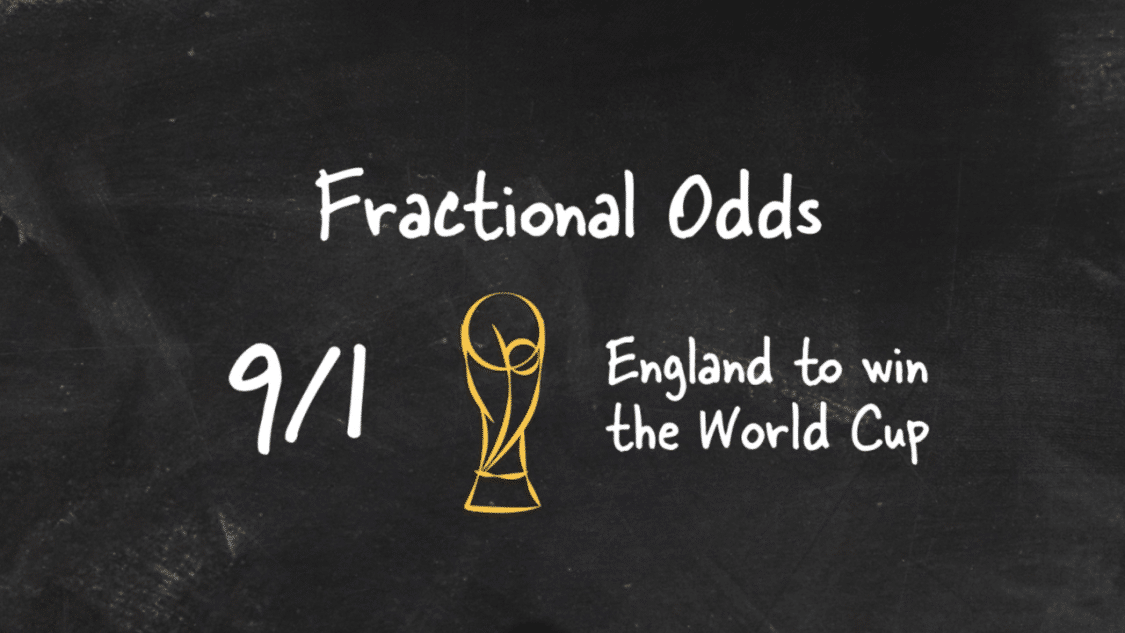Betting Odds Explained Uk
The ever-expanding world of online betting offers endless opportunity for bettors to handpick the best odds and bets from a wide array of offers.
Betting Odds Explained Uk Today
Many bookmakers will claim to have the best-valued odds, but the burning question every tipster and punter is keeping their minds on is whether they will truly get the best deal for their money.
Read our expert guide on betting odds and gain an understanding of how online sports betting odds wok. Learn about fractional odds, decimal odds and more. What are betting odds and how to calculate them. Learn all about decimal odds, US style and fractional odds. Includes odds conversion table. Odds are only a representation of something more important – probability. Getting a handle on how to calculate probability and convert it into decimal odds is the first step in developing your own. Football, tennis and others. The best odds for any market you can bet on. Compare odds from the leading bookies, across many sports. Check our daily odds.

All of those who want to remain on top of things and always make sure they get the best odds possible need to make sure they understand how betting margins work.
What betting sites and bookies in general will do is adjusting the odds in order to attract bets from as many bettors as they can with a simple aim of securing a profit whatever the outcome may be.
The way they do this is by offering odds that often exceed the statistical probability of a chosen event, making sure they secure what is called a bookmaker’s margin. It is usually represented as the betting over-round or the market percentage with amounts over 100% and it is that difference between the actual value and the marketing value of a particular product – in this specific case a bet.
How do you calculate a betting margin?
If we are to bet on a match between Novak Djokovic and Andy Murray with Djokovic available at the betting odds of 1.65 and Murray standing at 2.35, the betting margin for this particular game will be:
(1/1)*100 + (1/2.35)*100 = 60.6 + 42.55 = 103.15%
This is close to 100%, so punters are getting a good deal, but the bookmaker has put in a 3.15% margin here, so if they have an even book, with the same amount of money placed on each player, their profit is 3.15% of the market.
Betting Odds Explained Uk Premier League
If you have only ever bet with UK bookies then the only odds format you might be familiar with are fractional odds. Modern betting, especially online, is however now a global affair and depending on who you bet with it is now common to see other odds formats including decimal odds, percentage odds, proportional odds and American Odds (referred to as moneyline).
Betting companies based in Europe in particular will generally provide odds in decimal format by default, and this can make calculating fixed odds prices a little difficult to the uninitiated. Even with UK bookmakers many bets are represented as decimals, such as most handicap markets. Not to worry, in this article we explain the difference between odds systems and how to calculate, compare and convert fixed odds winnings using any format.
- Odds:
Odds Format Comparison and Conversion Table
| Fractional | Decimal | American | % Return (-stake) | % to break even |
|---|---|---|---|---|
| 100/1 | 101.0 | 10,000 | 10,000.00% | 0.99% |
| 9/1 | 10.0 | 900 | 900% | 10% |
| 4/1 | 5.0 | 400 | 400% | 20% |
| 3/1 | 4.0 | 300 | 300% | 25% |
| 2/1 | 3.0 | 200 | 200% | 33.33% |
| Evens (1/1) | 2.0 | 100 | 100% | 50% |
| 1/2 | 1.50 | -200 | 50% | 66.67% |
| 1/3 | 1.33 | -300 | 33.33% | 75% |
| 1/4 | 1.25 | -400 | 25% | 80% |
| 1/9 | 1.11 | -900 | 11.11% | 90% |
| 1/100 | 1.01 | -10,000 | 1.0% | 99.01% |
Types Of Fixed Odds Formats
Quick Reference
By treating the amount you can win as 'Z' we can easily summarise different odds types.
- Fractional Odds - the number on the left displays the amount you can win from a given stake (Z).
- Decimal Odds - display the amount you can win from a stake of one unit stake, plus your stake (Z + 1).
- American Odds - positive odds are simply multiples of 100 (Z x 100), negative odds are division of 100 (100 / Z).
Fractional Odds
This format is most familiar in the UK and Ireland and continues represents the most common format. At the end of the day if we haven't given up miles, yards, feet and inches yet in the UK so it will be a long time until we switch to decimal odds as default. Think of a betting shop window, have you ever seen anything but fractions?
The fraction is a mathematical representation of the amount a punter can win (first number) versus the amount they need to stake to win that amount (second number). Therefore 4/1 means you for every £4 you want to win you need to stake £1. The first number represents what you will win excluding your stake, so if you were to place a £1 bet at 4/1 you would win £5 but also get your £1 stake back giving you total returns of £5 if the bet win (£4 winnings + £1 stake).
Betting Odds Explained -110
Fractional odds must always be whole numbers. If potential winning are not divisible by 1 as a whole number then the stake unit increases to the closest whole number representation. If you had a price of 3.5/1 it cannot be written this way so in this instance it becomes 7/2, this is the closest whole number derivative of that price. In the case of a price that was say 3.3333/1 this would be represented as 10/3 and so on, see odds table above.
If something is odds-on it means for each unit you stake you will receive less than one unit back in winnings. In the instance of 1/4 for example for each £1 you want to win you need to stake £4. If your winnings are equal to your stake then the odds are 1/1 but this is commonly referred to as Evens.
When betting on an each-way price for example you will often need to work out your own each way odds. If you back a horse at 12/1 each-way at one quarter of the total odds and the horse were to place the place part of the bet would be paid out at 12/4 or 3/1.
I like to think of fractional odds like bet you would place with your mate where you don't actually part with your stake. For 4/1, you say if you win I will give you £1 but if I win you give me £4.
Decimal Odds
The favoured odds format in Europe, Australia, New Zealand and Canada. Effectively anywhere where you drive in kilometres per hour bookies will use decimal odds. Luckily decimal odds are not too hard to understand and once you have encountered them a few times it is easy to convert from decimal to fraction (or vice versa) in your head.
The decimal represents the amount you would win including getting your stake back. 4/1 in fraction therefore now become 5.0 in decimal, here you are staking £1 and getting returns of £5, your winnings are still £4 it's just that the price included getting your stake back.
Taking the example from fractional odds above for decimal odds you are having a bet but giving your stake away. For 5.0, you say I will give you £1 now but if I win you give me £5 back.
The equivalent of evens (1/1) in decimal is 2.0 this is one unit stake and one unit winnings (1+1=2). A line that is odds-on in decimal format will always be a decimal of 1, so for example 1/4 (£4 stake for every £1 won) in decimal would be 1.25.
If you want to a quick way to work out your winnings in decimal format simply multiply what you want to stake by the decimal. For example if you stake £5 at 3.0 (2/1) then multiply 5 x 3.0 giving returns of £15. If this were odds on, say 1.40 (2/5) multiple 5 x 1.4 this gives £7 returns, etc.
In the case of an each way bet with decimal odds, using the previous of a 12/1 horse this would be 13.0 in decimal. If you back this each-way and it places at one quarter the odds unlike fractional you can't just divide the winning odds by 4. First subtract the stake (13-1) then divide by 4 (12/4 = 3) and add the stake back (3+1=4). The decimal odds for the place would therefore be 4.0 (3/1).
Decimal odds tend to be favoured by betting exchanges such as Betfair and in index, financial and spread betting.
American (Moneyline) Odds
As it says on the tin these odds are favoured in America and are a little different to fractional and decimal odds as these can be both positive and negative numbers.
Positive American Prices
If a betting line is favourable (i.e. you can win more than one unit per one unit stakes) then American odds are positive. This tells you how much money will be won for each £100 wagered. If a money line shows +400 this means for every £100 stakes you will win £400, this is equivalent to 4/1 in fractional or 5.0 in decimal.

Negative American Prices
Conversely if the odds are unfavourable (odds-on, i.e. for each one unit stakes you will win less than one unit) then American odds are displayed negatively. This time the moneyline quotes the amount that must be wagered to win £100. In this instance if the American odds are showing -400, meaning you must stake £400 for each £100 winnings, this is equivalent to 1/4 in fractional or 1.25 in decimal.


Percentage and Proportional Odds
It is rare to see but occasionally you may see your chances of winning represented as a percentage. These are not odds prices as such but instead show the percentage of winnings relative to stake or the percentage of times you need to win to break even. A proportion is just a percentage divided by 100.
Percentage win for a 4/1 bet would therefore be 400%, meaning you will win 400% of your stake (very similar to positive American Odds). Conversely an odds-on line like 1/4 would be 25% winnings relative to stake.

The percentage win to break even represents the number of times a bet at those odds would need to win so that you didn't lose overall. Taking our consistent example of 4/1 you would need to win 20% of the time to break even. An odds-on line such as 1/4 would need to win 80% of the time to break even. For more see the table at the top of this page.